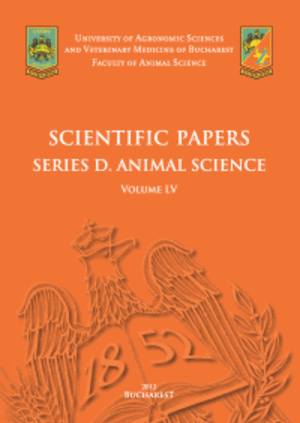Published in Scientific Papers. Series "Management, Economic Engineering in Agriculture and rural development", Vol. 24 ISSUE 4
Written by Florin SALA, Paul SĂRĂCUȚ
Environmental and anthropogenic factors, especially agricultural practices, generate a series of changes on the soil physico-chemical and biological indices. The periodic determination of quality indices is important to know the level of soil fertility, and the application of appropriate measures for crop yield. The present study analyzed the agrochemical indices of soil quality, and used multiparameter analysis (PCA) to obtain the loading of the indices on the main components, the mode of action, and the intensity of each soil index. PC1 comprised soil pH (r = -0.923), B (r = -0.883), Fe (r = 0.782), CaO (r = -0.777), NH4 (r = 0.752), K2O (r = 0.545), and Mn (r = 0.286). PC2 included Zn (r = 0.873), P2O2=5 (r = 0.786), Cu (r = 0.756), and S (r = 0.316). PC3 included Nmin (r = 0.960), and NO2=3 (r = 0.950). PC4 included MgO (r = 0.888), and Na2O (r = 0.881). In relation to the soil reaction, the 38 soil trials were classified into three categories, acid reaction (11 trials), neutral reaction (7 trials), and basic (alkaline) reaction (20 trials). Based on the PCA, the three groups were positioned differently, with an independent position in the case of the acid reaction, and with an overlap in the case of the neutral and basic reaction, as transition zones.
[Read full article] [Citation]

 Next Issue will be published according the the calendar.
Next Issue will be published according the the calendar.



